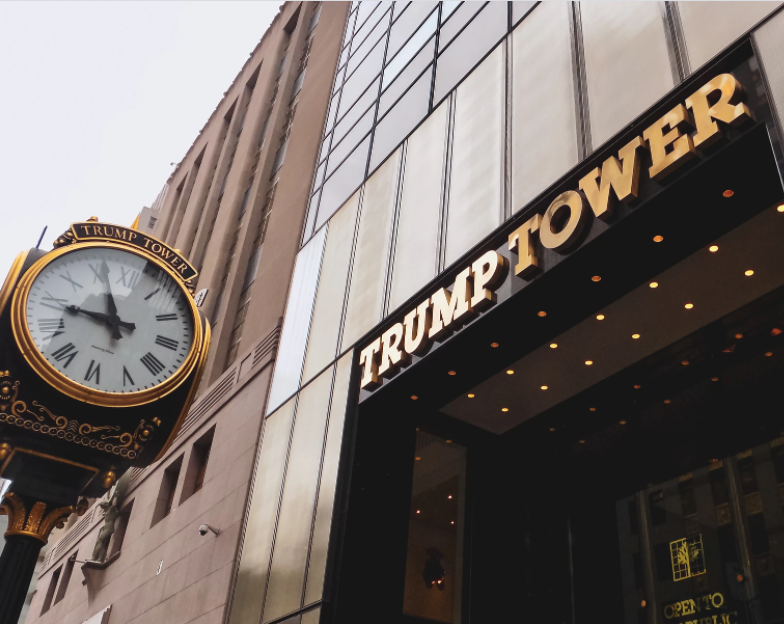The Worst Business-People of the Modern Era
Every once in a while an ultra-ambitious business person emerges who, by virtue of their own hubris, manages to take some of the biggest organizations and best ideas in the world and singlehandedly run them into the ground. Here, by way of a cautionary tale, we commemorate three such luminaries of our modern business landscape.
Jonathan Schwartz
Schwartz is the former CEO of Sun Microsystems, the immensely influential software and technology company that was a formative part of the Silicon Valley boom. Founded by Scott McNealy in 1982, the company was valued at an all-time high on the eve of the year 2000. This was before Jonathan Schwartz took over as CEO in 2006. From then onwards, Sun Microsystems lurched from one disaster to the next under his leadership. In a panicked effort to recoup the market share it was losing to rivals IBM and HP, Schwartz made a series of myopic business decisions that set the company into an irreversible tailspin. Like a modern day, ponytailed tech Caesar, Schwartz fired anyone in senior management that questioned his vision for the company. In 2007 Sun fired nearly 20% of its entire workforce, some 6000 employees in a bid to streamline operations. In 2008, a series of software decisions around licensing, and attempts to monetise Java, their open source programming language, led to the company imploding and being taken over by historic rivals Oracle.

Donald J. Trump
Donald Trump’s conduct while serving as the 45th President of the United States quite rightly tends to overshadow his former history as real-estate mogul, reality TV star and co-author of the classic business advice book, “The Art of the Deal“. But those familiar with Trump’s business history as a private citizen are undoubtedly aware why he has earned a place in this list. Over his multi-decade career in the resorts business, Trump has witnessed no less than six companies under his stewardship file for bankruptcy. Trump’s 1995 income tax returns reveal that in that year alone he lost $915 million from poor business decisions. Trump has managed to survive the implosion of these enormous ventures by way of careful manoeuvring and the shifting of accountability onto shareholders, investors and creditors, frequently financially destroying people’s lives in the process. While the real-estate and casino sectors are the core of Trump’s business empire, there is a whole world of failed business ventures that have carried his infamous name. Among these you will find: Trump Airlines, a $242 million investment that defaulted after 2 years, Trump Magazine, a luxury goods magazine launched on the eve of the 2007 financial crash and Trump Steaks, a gourmet steak brand that folded after only 2 months on the market.

Kay R. Whitmore
Historic camera organisation Eastman Kodak was founded way back in 1880. For much of the 20th century, Kodak was a market leader and a Fortune 500 company that had become synonymous with camera and film technology. The golden years for Kodak ended in the 1980s, when the Japanese economy began producing viable rivals to Kodak’s monopoly, chief among them being Fuji. In 1984 the Japanese technology company began undercutting the cost of Kodak’s camera film by 20%. Rather than price-match the new competition, CEO Kay R. Whitmore decided to continue charging a premium for Kodak branded film and technology, supposing that people’s brand loyalty would weather the challenge to Kodak’s dominance. Unfortunately Whitmore was wrong, and this decision began an irreversible decline for the once prestigious camera company. With the advent of digital camera technology, Kodak once again failed to capitalise on the potentials of the new developments, ultimately ceding market share to Japanese rivals Nikon, Canon and Sony and ensuring that, on the advent of the 21st century, Kodak had drifted into irrelevance.